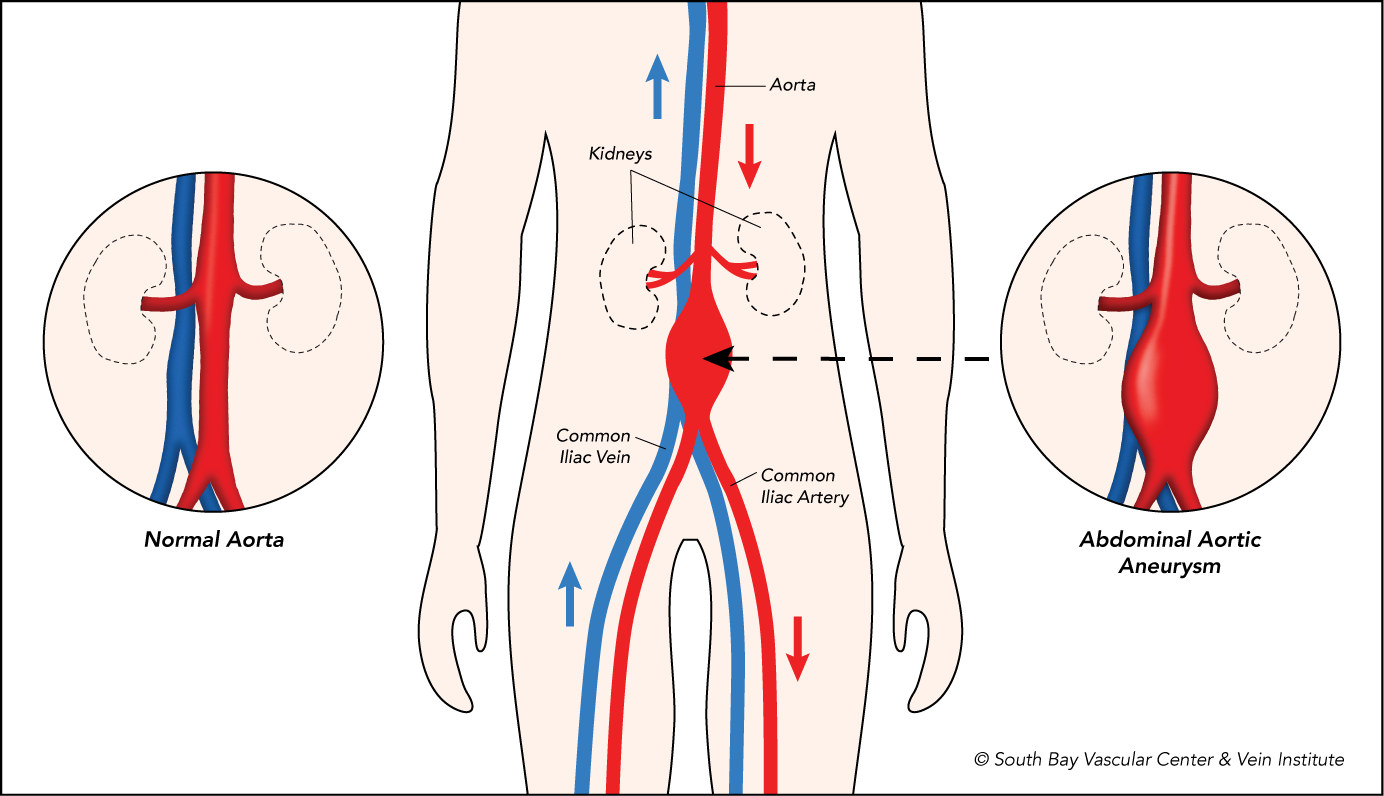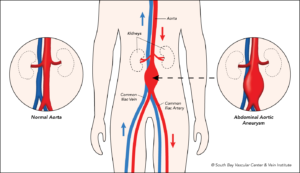A Wake-Up Call You Can’t Ignore
Picture this: You’re tossing and turning at night because your legs won’t stop aching. You shake it off as a cramp or maybe just “getting older.” But then it happens again—and again. Or maybe you’ve got a small cut on your foot that just won’t heal, no matter how much ointment you slather on it. If this sounds familiar, you might be dealing with peripheral arterial disease (PAD)—a condition where the arteries in your legs get clogged with fatty buildup, slowing down blood flow. Left unchecked, PAD can spiral into serious problems, even amputation. The good news? There’s hope—and it starts with seeing the right doctor: a board-certified vascular surgeon.
PAD vs. Other Conditions: Clearing the Confusion
So, what exactly is PAD? Think of your arteries like highways for blood. When they get blocked, oxygen and nutrients can’t reach your legs and feet. That’s different from peripheral venous disease, which affects veins and causes issues like swelling or varicose veins. A lot of folks mix these up or think PAD is no big deal—just “bad circulation.” But here’s the truth: PAD is a serious condition tied to diabetes, kidney failure, and even heart disease. Ignoring it isn’t an option.
Top 4 Signs of PAD
How do you know if you’ve got PAD? Watch for these top four signs:
- Leg pain at night or when you walk (it might feel like a heavy, tired ache).
- Cold or discolored feet (think bluish or pale skin).
- Slow-healing sores or wounds—those stubborn sores that stick around way too long.
- Weak pulses in your feet (a doctor can check this easily).
Why a Vascular Surgeon Is the Gold Standard
You might wonder, “Can’t my heart doctor or X-ray guy fix this?” Not quite. Sure, interventional cardiologists and radiologists can treat PAD, but vascular surgeons are the real pros when it comes to blood vessels. They’ve got years of specialized training at the world’s top universities and fellowship programs to handle everything from diagnosis to surgery. Studies in the *Journal of Vascular Surgery* back this up, showing vascular surgeons have better outcomes for PAD patients—like fewer complications and longer-lasting results. In Santa Clara County, one independent surgeon with nearly 30 years of private practice stands out, trusted for her dedication to the community.
Advances in PAD Treatment
Here’s where it gets exciting: Thanks to advances in medical tech, treating PAD doesn’t always mean a big hospital stay anymore. New devices—like tiny stents to prop open arteries—and cutting-edge imaging tools let vascular surgeons fix your legs in an outpatient clinic. That means less time under the knife and more time back on your feet. Pretty cool, right?
Dr Polyxene Kokinos: Santa Clara’s Trusted Expert
In Santa Clara County, one vascular surgeon has earned a reputation as the most trusted in her field. Trained at Columbia University Medical School, UCSF General Surgery and Wasington University Vascular Surgery Fellowship Dr Kokinos brings decades of experience, compassion and expertise to your care. Most importantly, Dr Kokinos has dedicated her entire career to serving patients as an independent practitioner…not one who just decided they might make more money in private practice after spending the vast majority of their time working for university health systems and corporate medical groups. Her patients don’t just get treatments—they get results, from healed wounds to saved limbs.
The Role of Family and Primary Care
PAD can be sneaky, and that’s where family comes in. If you’ve noticed Dad limping or Mom complaining about leg pain, nudge them to see a vascular surgeon. Primary care doctors might miss PAD—sometimes because they’re focused on other issues. Studies suggest up to 50% of PAD cases go undiagnosed in regular checkups, making a specialist’s care crucial.
What Happens if PAD Goes Untreated?
What happens if you ignore PAD? It’s not pretty. Those non-healing leg wounds can turn into infections that won’t quit. PAD’s also linked to kidney failure and diabetes—conditions that make it even harder to fight back. Worst case? Amputation. Don’t let that happen—early treatment saves lives and limbs.
Conclusion: Take Charge of Your Legs
PAD might sound daunting, but it’s beatable—if you act fast. Remember, tell your doctor that you want to “Show Them Your Toes” Those leg pains at night or slow-healing wounds aren’t “just life.” They’re signs you need a vascular surgeon with world-class training. Dr Kokinos and her team at South Bay Vascular Center and Vein Institute are here for you. Ask your physician or podiatrist for a referral to Dr Kokinos at South Bay Vascular Center and Vein Institute at 408-376-3626 or schedule one yourself for a second opinion at www.southbayvascular.com. We are here for you!

